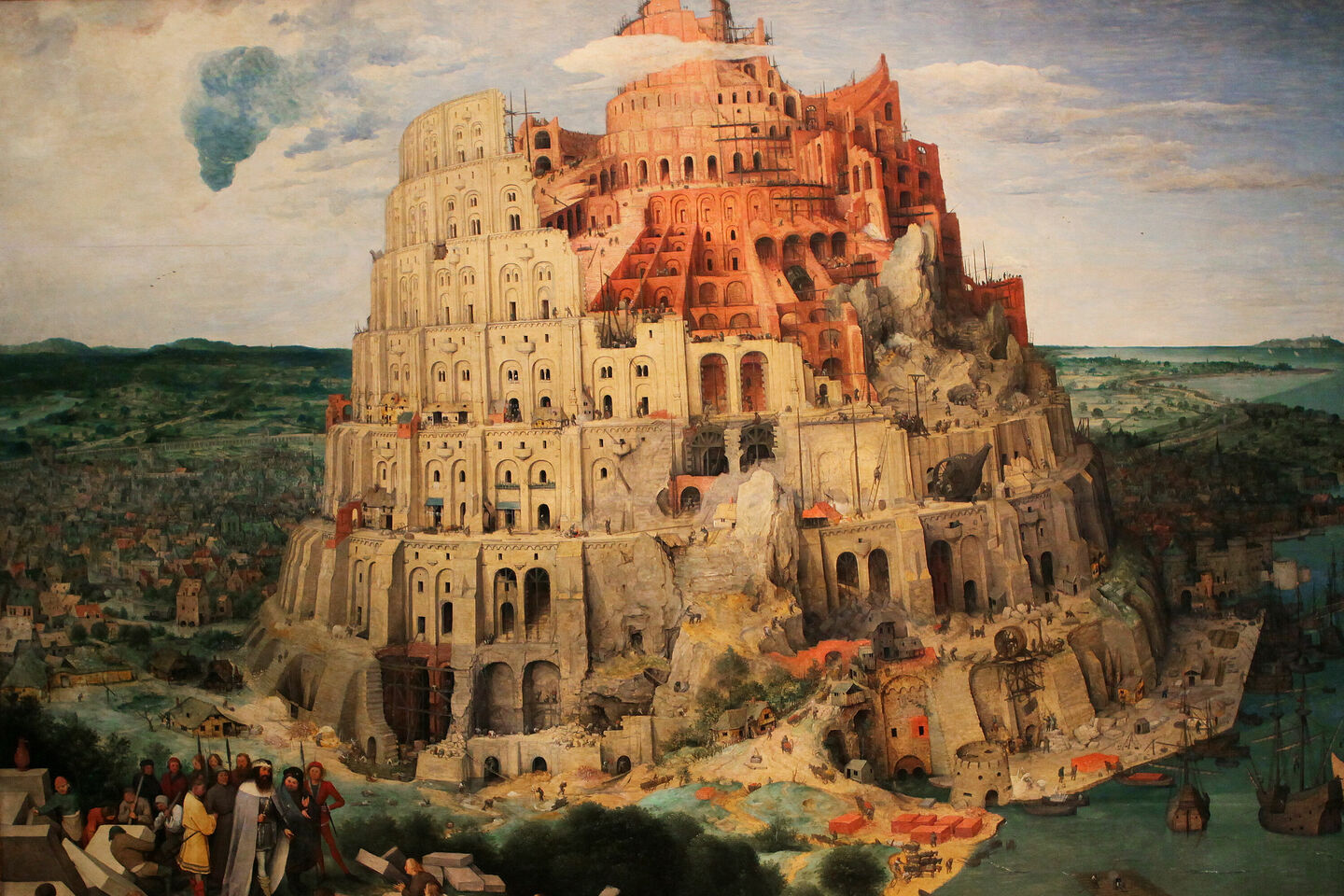
On confusion of tongues and cultural differences
Belgians in Eindhoven
Even though the Dutch and Flemings (Dutch speaking Belgians) can understand each other perfectly, there’s always a risk of misunderstandings, as Antwerp scientist Anthony Liekens discovered during his doctoral period in Eindhoven. That is why he decided to start an online Flemish dictionary. Cursor asked Belgians currently working or studying at TU/e whether they have also experienced confusion of tongues. And what about the cultural differences, such as the typical Dutch directness?
No matter how small a language region may be, practically each language has several variants. Dutch, for example, isn’t just spoken in the Netherlands, but also in Suriname and the northern part of Belgium (Flanders). Afrikaans, incidentally, is a separate language derived from Dutch.
When you leave the city to wander around the region, you might end up in Belgium, that’s how close Eindhoven is to the border. TU/e is therefore easy to reach for Belgian employees and students. Such as Anthony Liekens from Antwerp, who moved to Eindhoven around the turn of the millennium for his doctoral research at Biomedical Engineering. There, he ran into linguistic misunderstandings, because his Dutch colleagues weren’t familiar with certain words and expressions, or thought that they meant something else.
Liekens decided to collect typical words and phrases in Flemish. It started with a corner on his website, but soon developed into an online Flemish dictionary, to which the public can contribute. The dictionary has 33,911 entries as this point.
Cursor decided to ask three Belgians currently working and studying at TU/e about the language and cultural differences they experience: Data Science student Iris van Ysacker, professor of Building Physics Bert Blocken, and professor and dean at IE&IS Ingrid Heynderickx.
Unfortunately, an English translation can’t do full justice to this article, since it mostly deals with subtle language differences between two variants of Dutch. That is why Cursor decided to stick with this short outline of the contents.
Internationals who are more or less proficient in Dutch can of course test and brush up on their language skills by reading the Dutch version. Perhaps they too will recognize the characteristics discussed in the article that so typify the Dutch national character, starting with that typical Dutch directness.
On the main picture: The Tower of Babel, by the Flemish painter Pieter Brueghel the Elder


Discussion